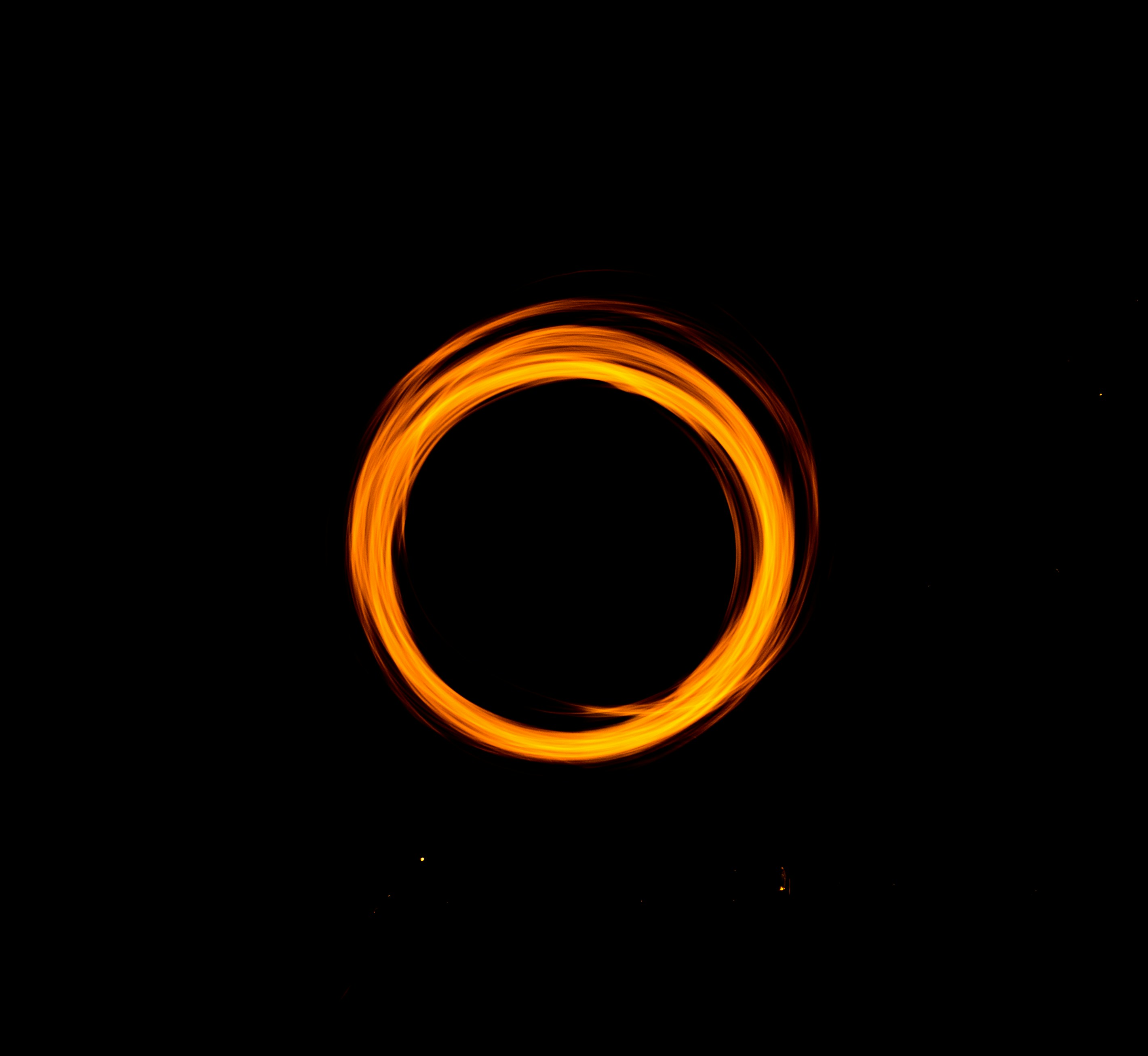How Do Black Holes Form?

Published on March 12, 2024
The enigmatic nature of black holes has fascinated scientists and the general public alike for decades. These mysterious objects in the cosmos, where the gravitational pull is so strong that nothing, not even light, can escape, have become a pivotal area of study in astrophysics. This article explores the formation of black holes, delving into the cosmic processes that give rise to these extraordinary phenomena. By examining the life cycles of stars and the conditions required for black hole formation, we aim to shed light on these dark entities that punctuate the fabric of our universe.
Here are the facts:
- Black holes are defined as regions in space where the gravitational pull is so strong that nothing, not even light, can escape.
- Black holes form from the remnants of massive stars that have exhausted their nuclear fuel.
- A supernova explosion occurs when some collapsing stars explode massively, ejecting their outer layers into space, potentially leading to the formation of a black hole if the remaining core is sufficiently massive.
- In very massive stars, direct collapse into a black hole is possible without a supernova explosion.
- Black holes can be categorized into three types based on mass: stellar mass, intermediate mass, and supermassive black holes.
Formation Process:

Black holes are formed from the remnants of a massive star that has ended its life cycle. The process begins when a star depletes its nuclear fuel, typically hydrogen, which it burns through nuclear fusion to produce energy. This energy generation counteracts the gravitational force that would otherwise cause the star to collapse under its own weight. However, as the fuel diminishes, the outward pressure decreases, and the star begins to collapse.
-
Stellar Collapse:
The initial stage in the formation of a black hole is the gravitational collapse of a massive star. This occurs in stars with at least 20 times the mass of the Sun at the end of their lifespans when they have exhausted their nuclear fuel. The core collapses under gravity, leading to an increase in temperature and density. If the core's mass is sufficient, this collapse will continue unabated.
-
Supernova Explosion:
For some stars, the core collapse triggers a supernova explosion, an incredibly bright and powerful eruption that can briefly outshine an entire galaxy. During a supernova, the outer layers of the star are expelled into space, while the core continues to collapse. If the remaining mass of the core is above a critical threshold (approximately 2.5 times the mass of the Sun, according to the Tolman-Oppenheimer-Volkoff limit), it can form a black hole.
-
Direct Collapse:
In cases where the star is extremely massive (several tens of solar masses), it might directly collapse into a black hole without a supernova explosion. This scenario is believed to occur in very massive stars where the radiation pressure from the collapsing core is insufficient to blow off the outer layers.
Types of Black Holes:
Black holes can be classified into three main categories based on their mass: stellar-mass, intermediate-mass, and supermassive black holes. Stellar-mass black holes, which range from about 5 to several tens of solar masses, are the direct result of the collapse of massive stars. Intermediate-mass black holes are a hypothesized class with masses ranging from hundreds to thousands of solar masses. Supermassive black holes, found at the centers of galaxies, including our Milky Way, contain millions to billions of solar masses. The formation of supermassive black holes is still a subject of active research, with theories suggesting they may form from the merger of smaller black holes or directly from the collapse of massive gas clouds in the early universe.
The Takeaway
The formation of black holes remains one of the most fascinating aspects of astrophysical research. Through the death throes of massive stars, nature crafts these enigmatic objects, revealing the profound and complex processes that govern our universe. While significant progress has been made in understanding how black holes form, many questions remain, driving continued exploration and discovery in this intriguing field. As technology and theoretical frameworks advance, our grasp of these cosmic phenomena will deepen, unveiling the mysteries that black holes hold.
Category: Science